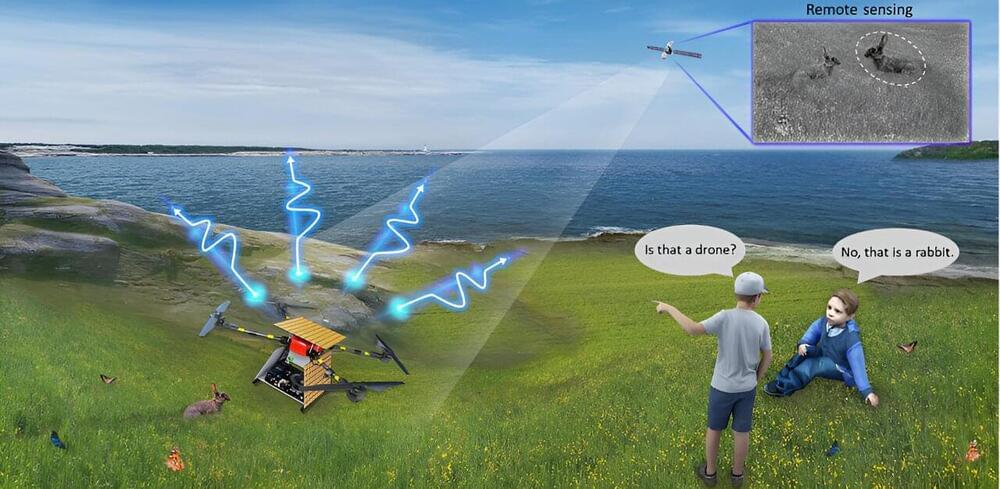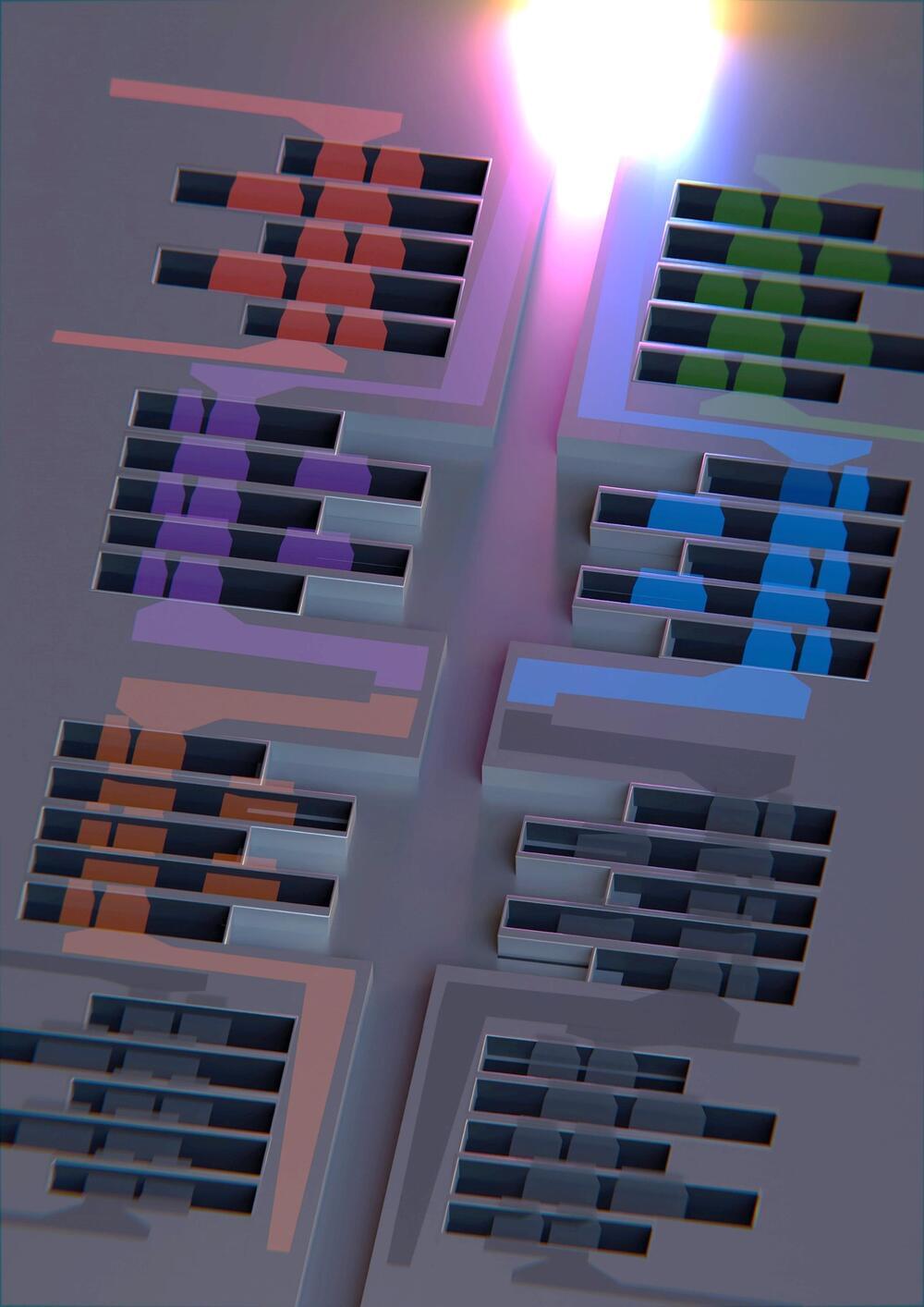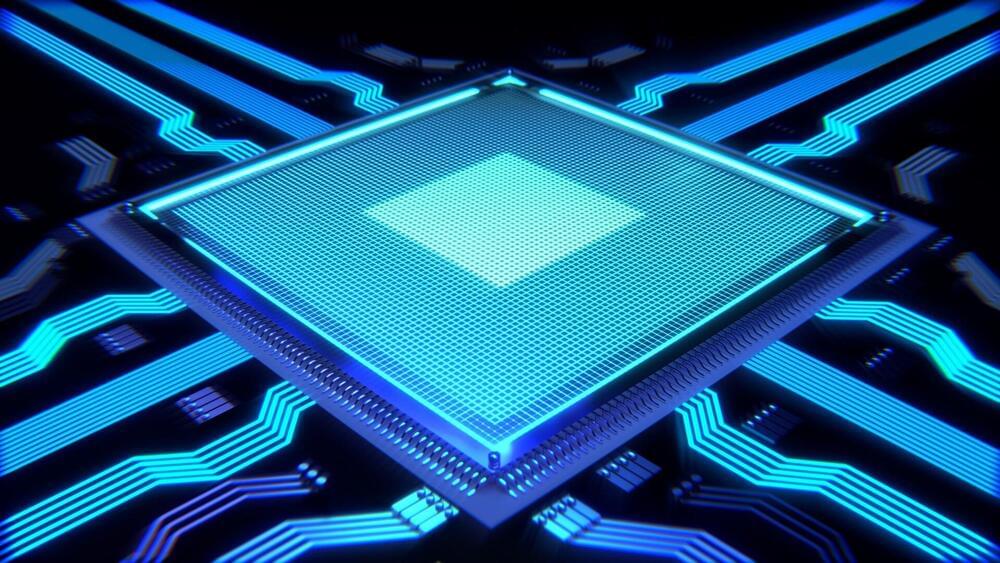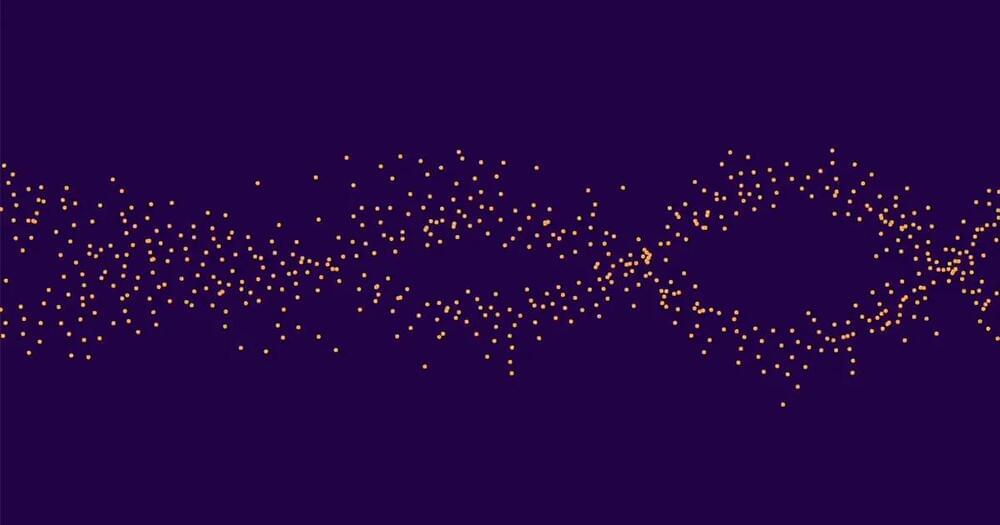Mar 9, 2024
AMD to introduce AI-based upscaling, potentially matching DLSS
Posted by Shailesh Prasad in categories: entertainment, robotics/AI
Something to look forward to: AMD’s FSR image upscaling technology has avoided using AI until now, which has been a double-edged sword in its competition against Nvidia’s DLSS and Intel’s XeSS. A recent interview with AMD’s CTO indicates that the company plans to pivot sharply toward AI in 2024, with gaming upscaling as one area of focus.
AMD has confirmed that it’s developing a method to play games with AI-based image upscaling. Although further details are scarce, this could potentially bring the company’s solution closer to Nvidia’s. In an interview on the No Priors podcast, CTO Mark Papermaster explained how AMD has deployed AI acceleration throughout its product stack and plans to introduce new applications to utilize it this year. “We are enabling gaming devices to upscale using AI and 2024 is a really huge deployment year,” he said.
Nvidia DLSS, Intel XeSS, and AMD FSR allow gamers to increase the resolution at which they play while minimizing the performance impact. However, while DLSS and XeSS utilize hardware-assisted AI, FSR relies only on spatial and temporal information.


















